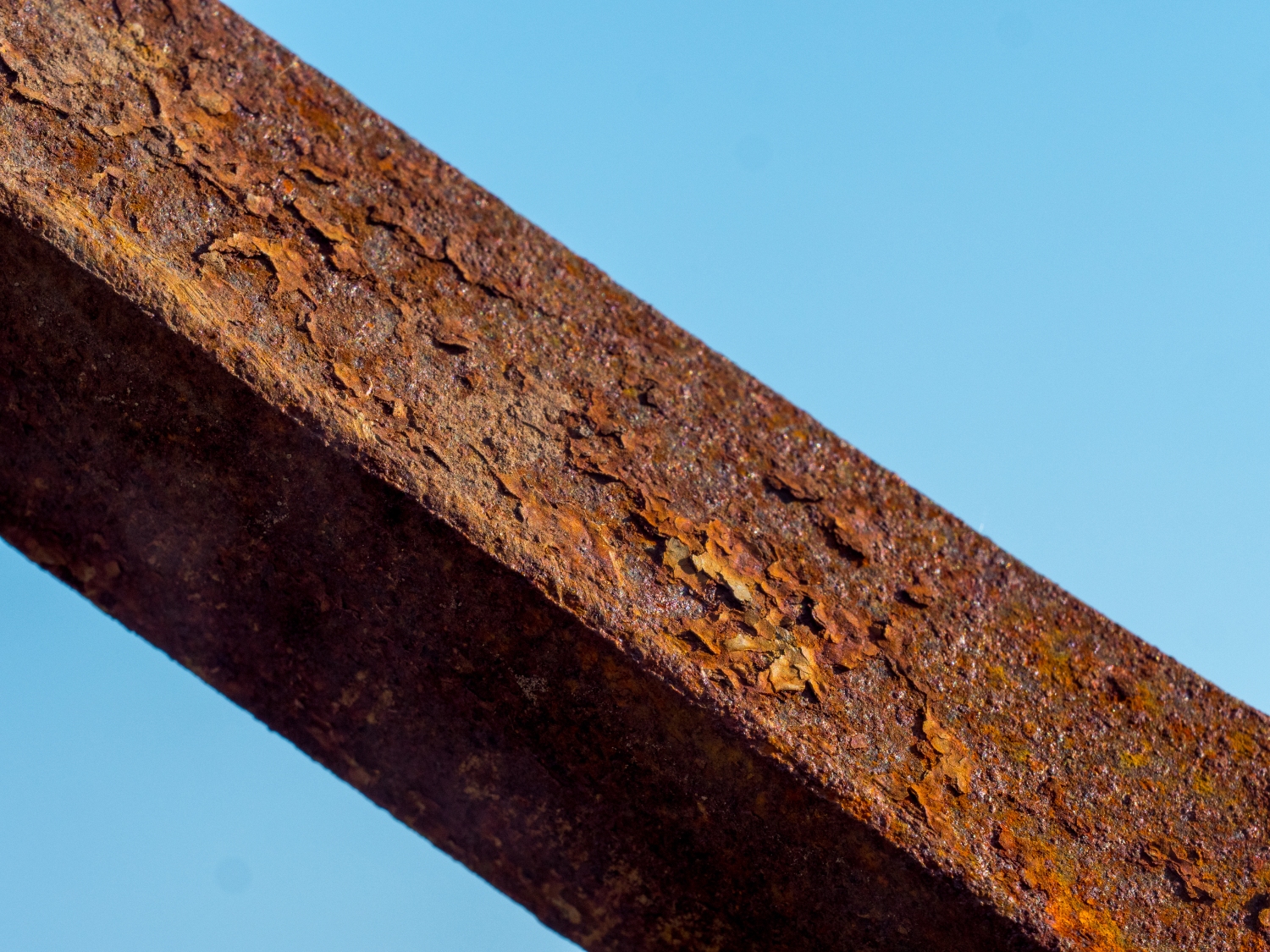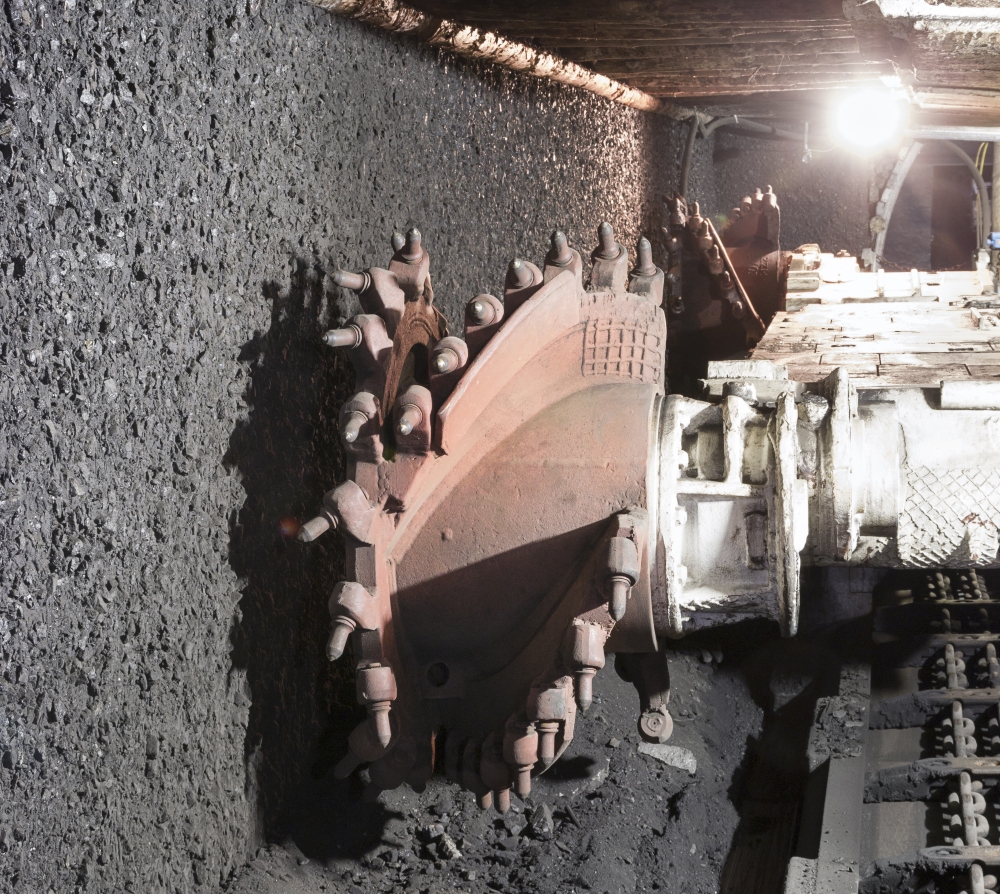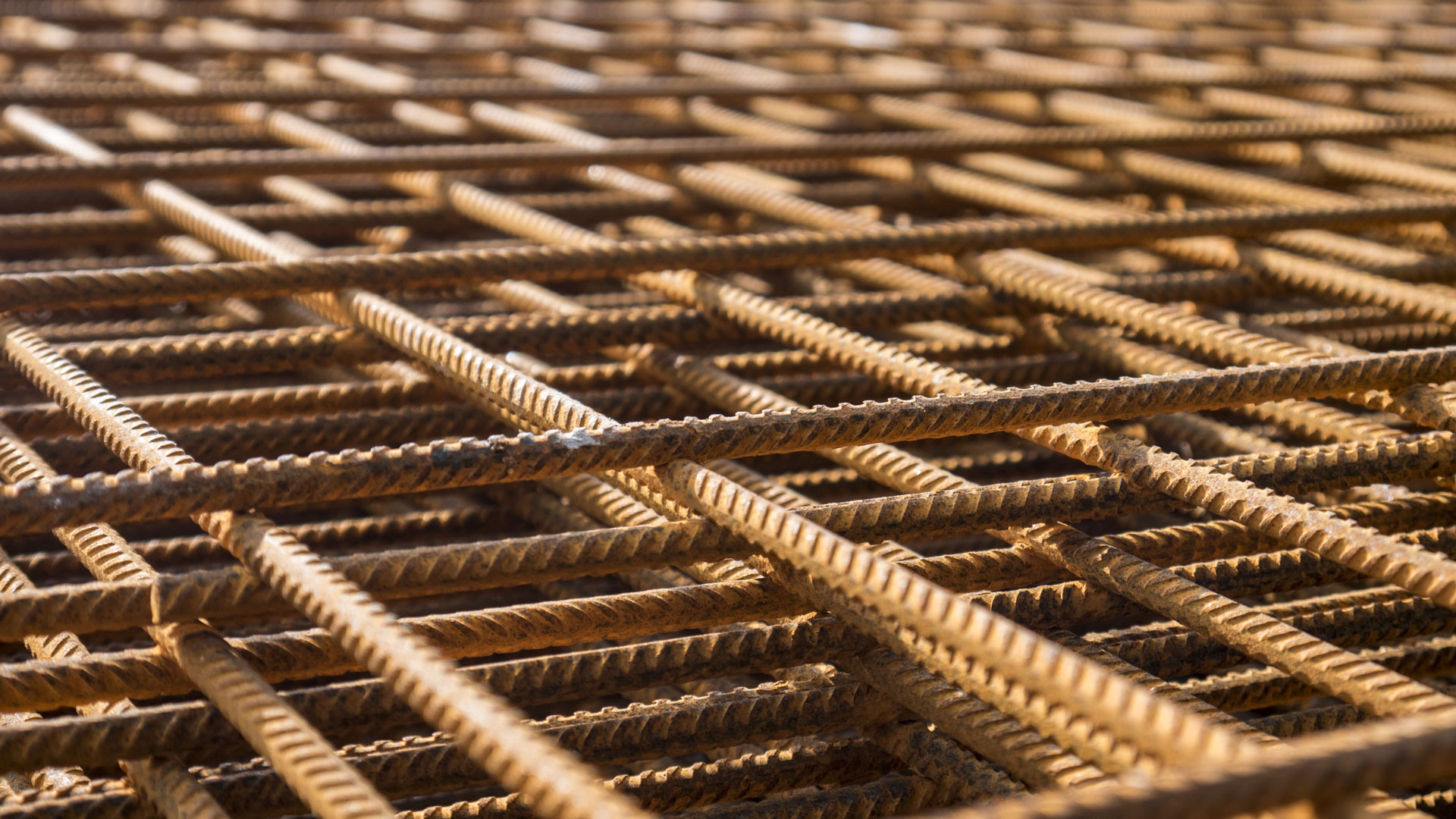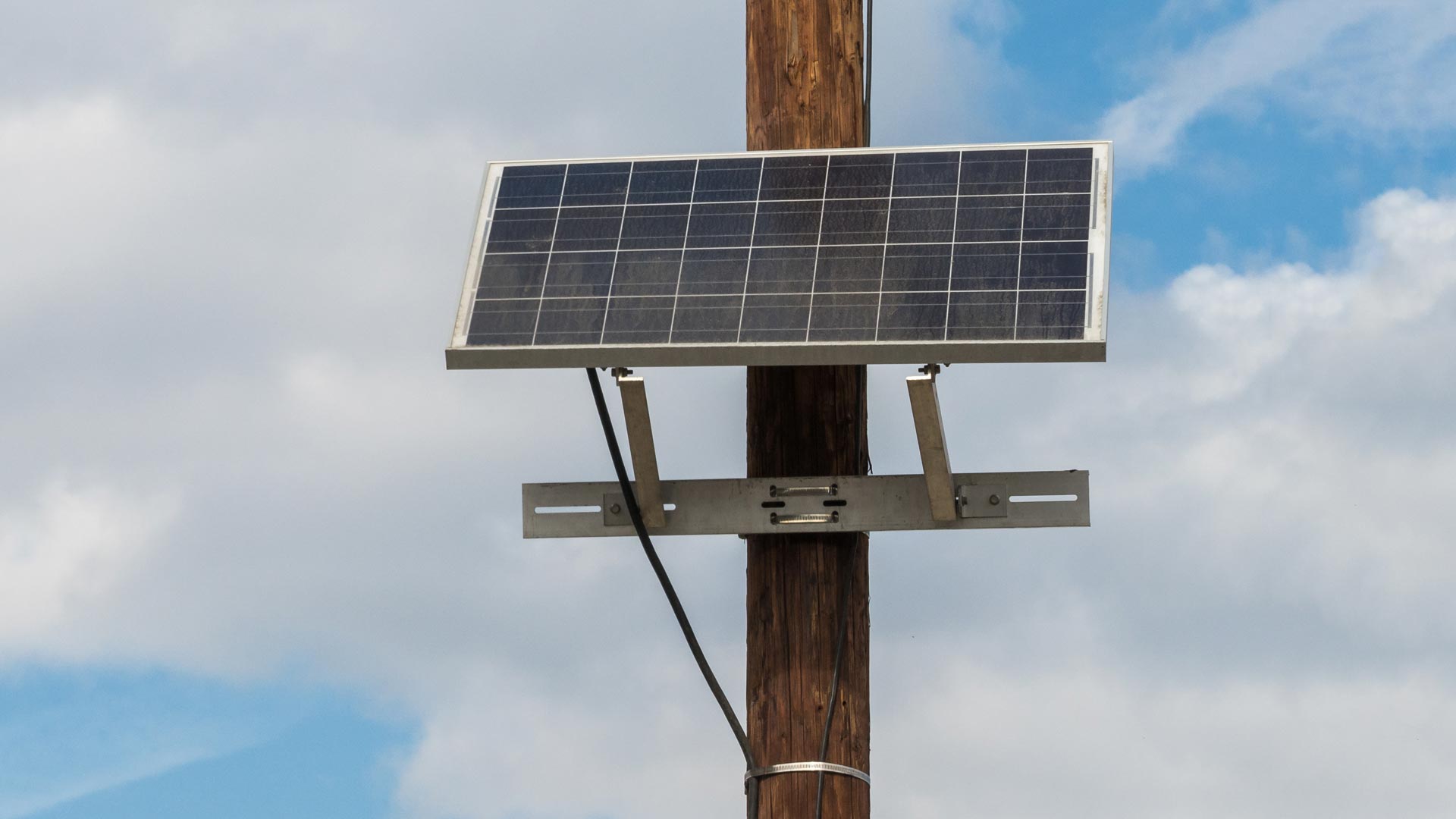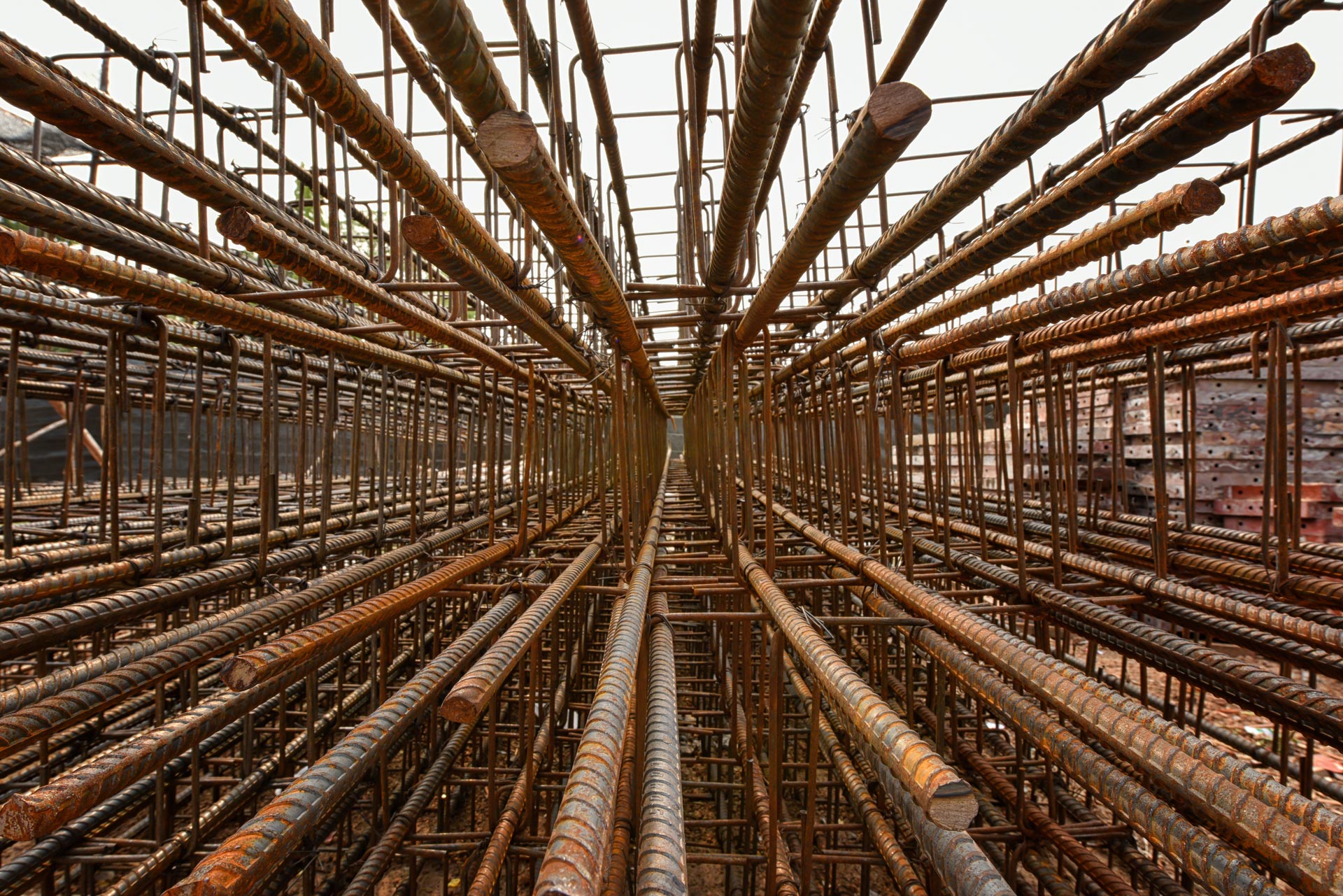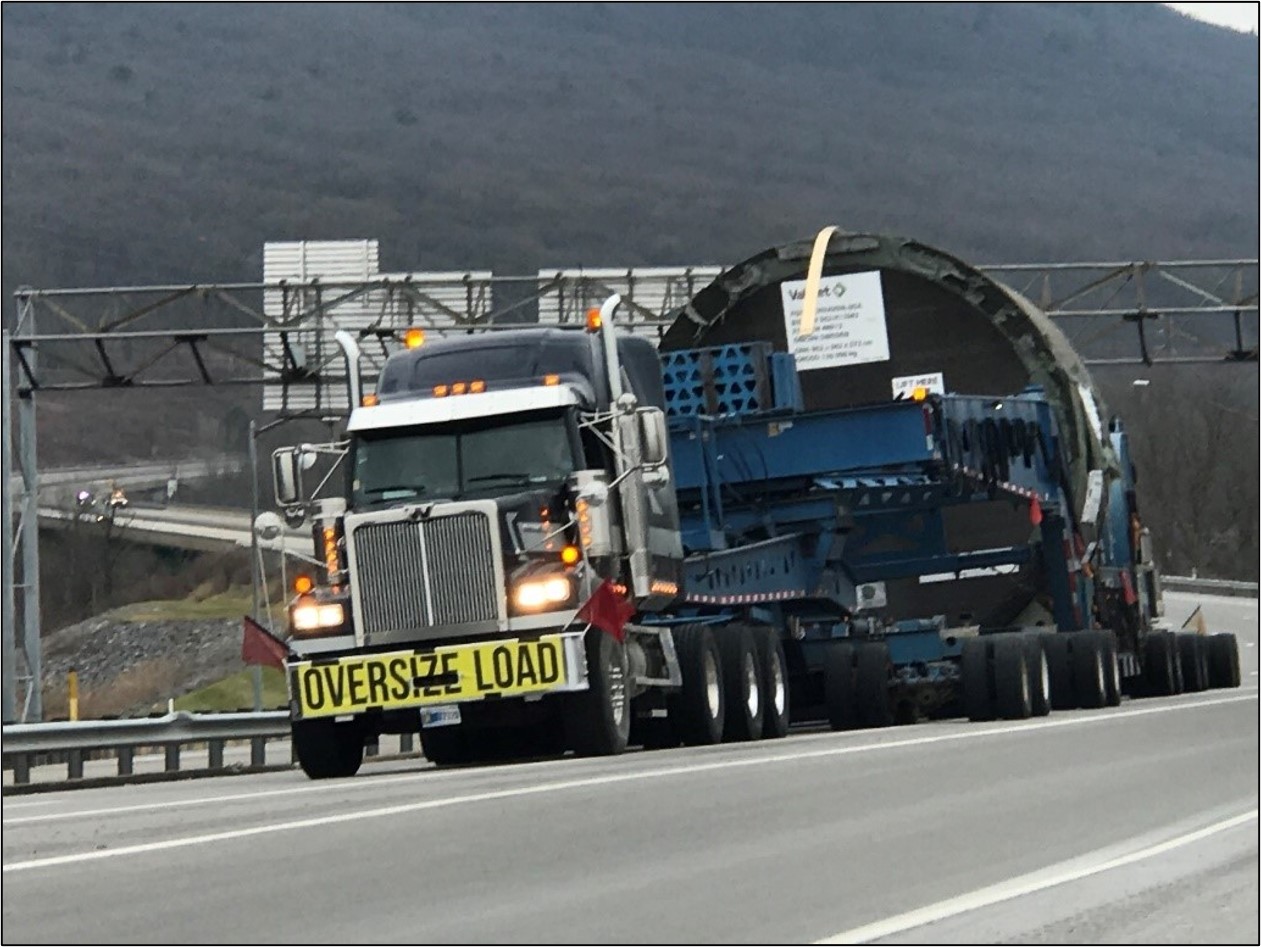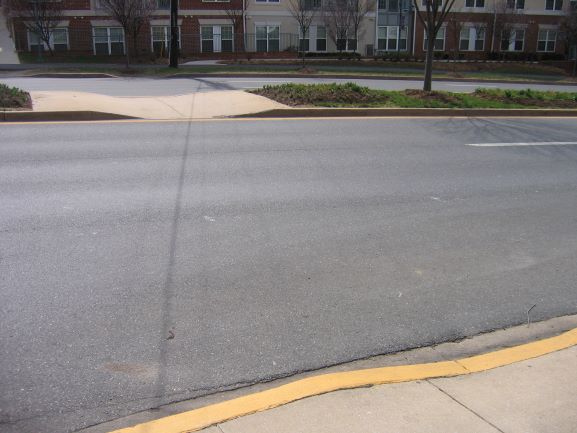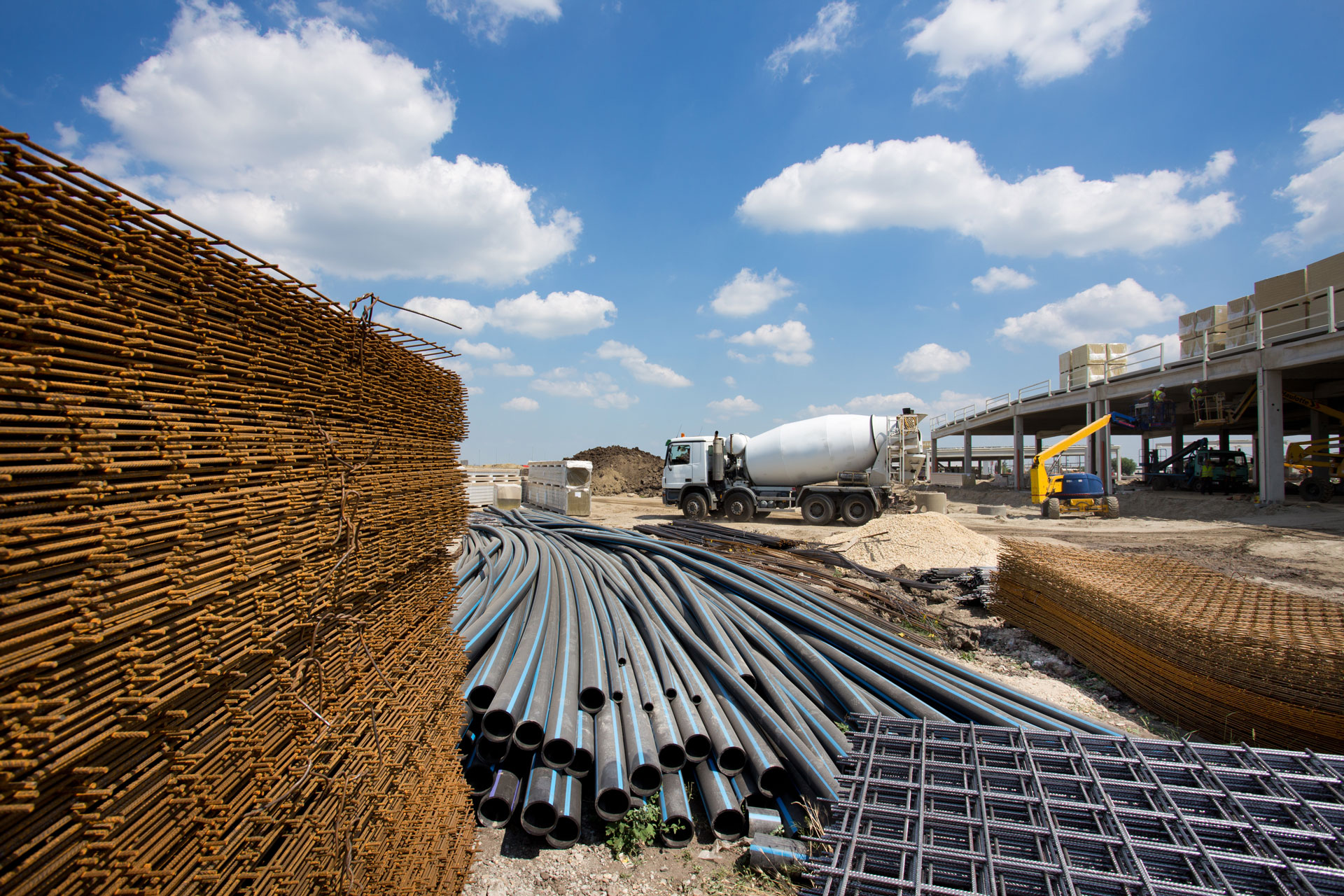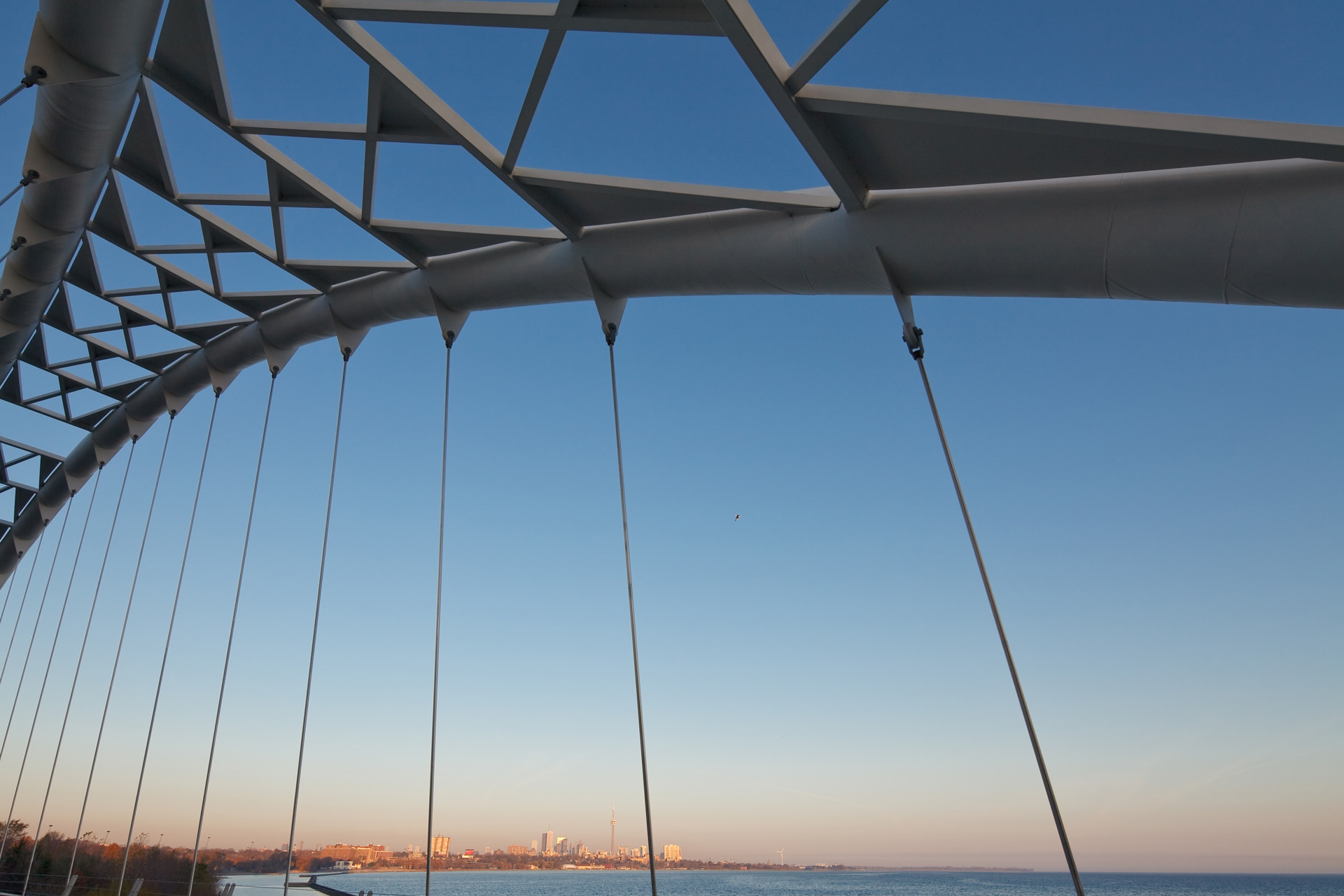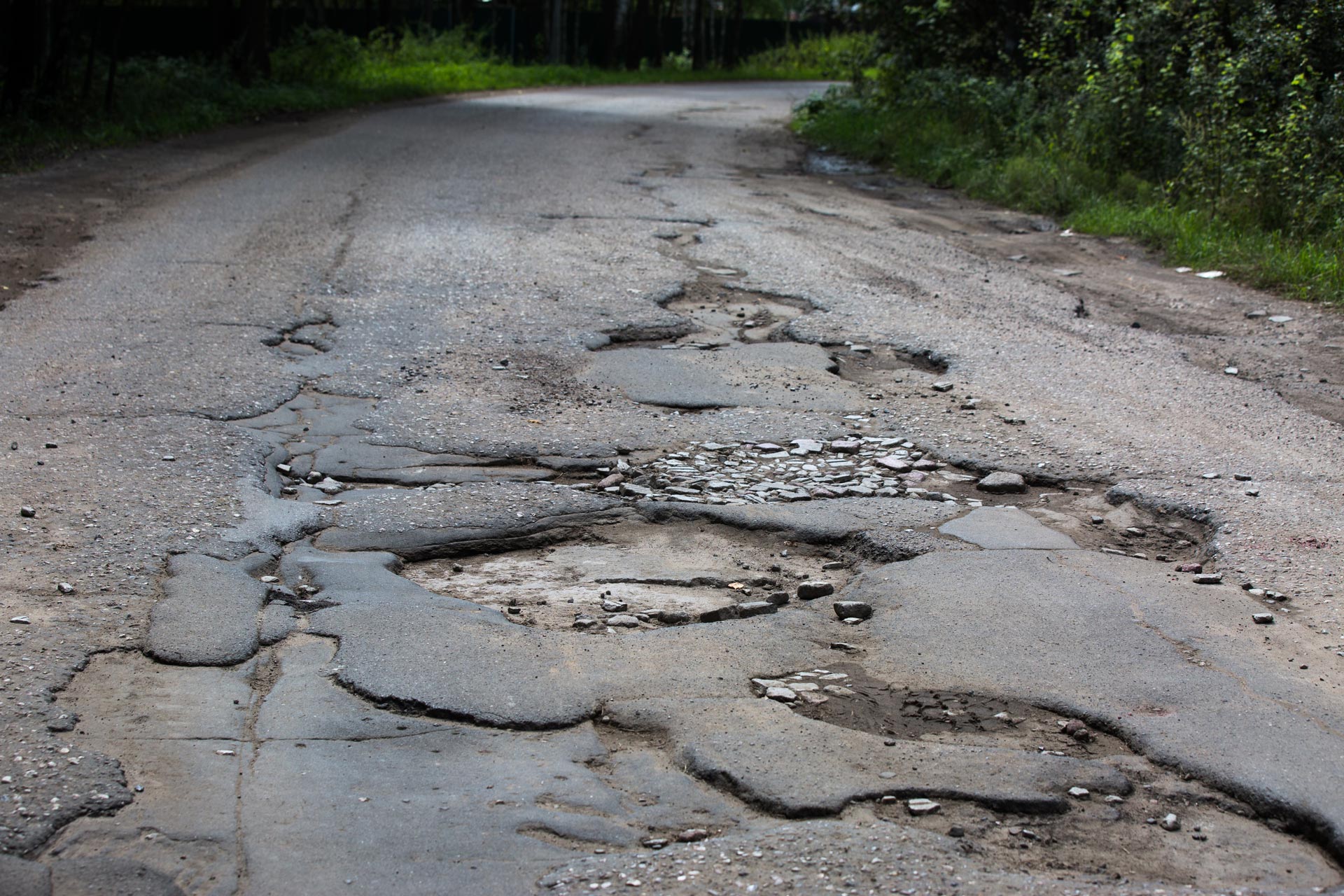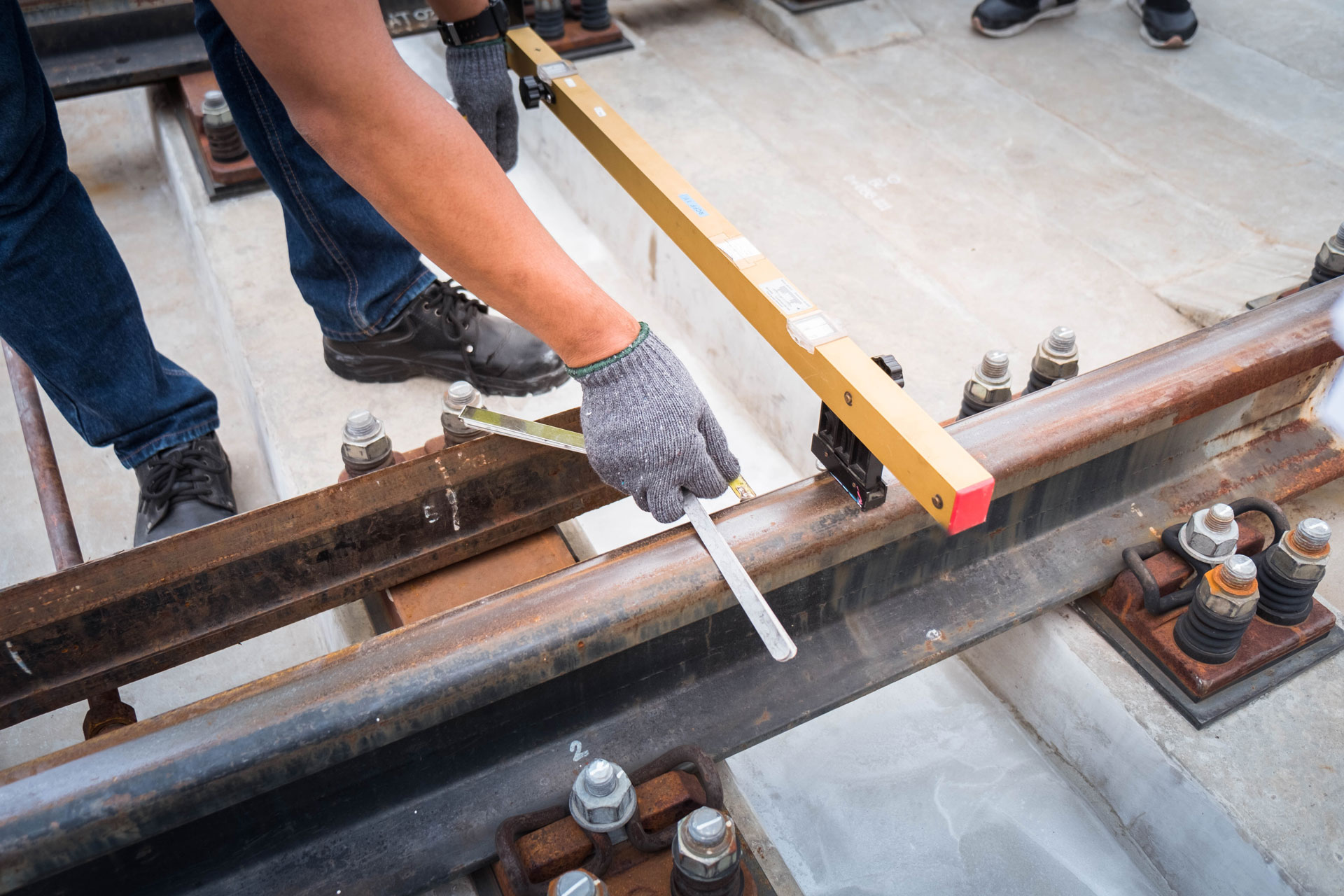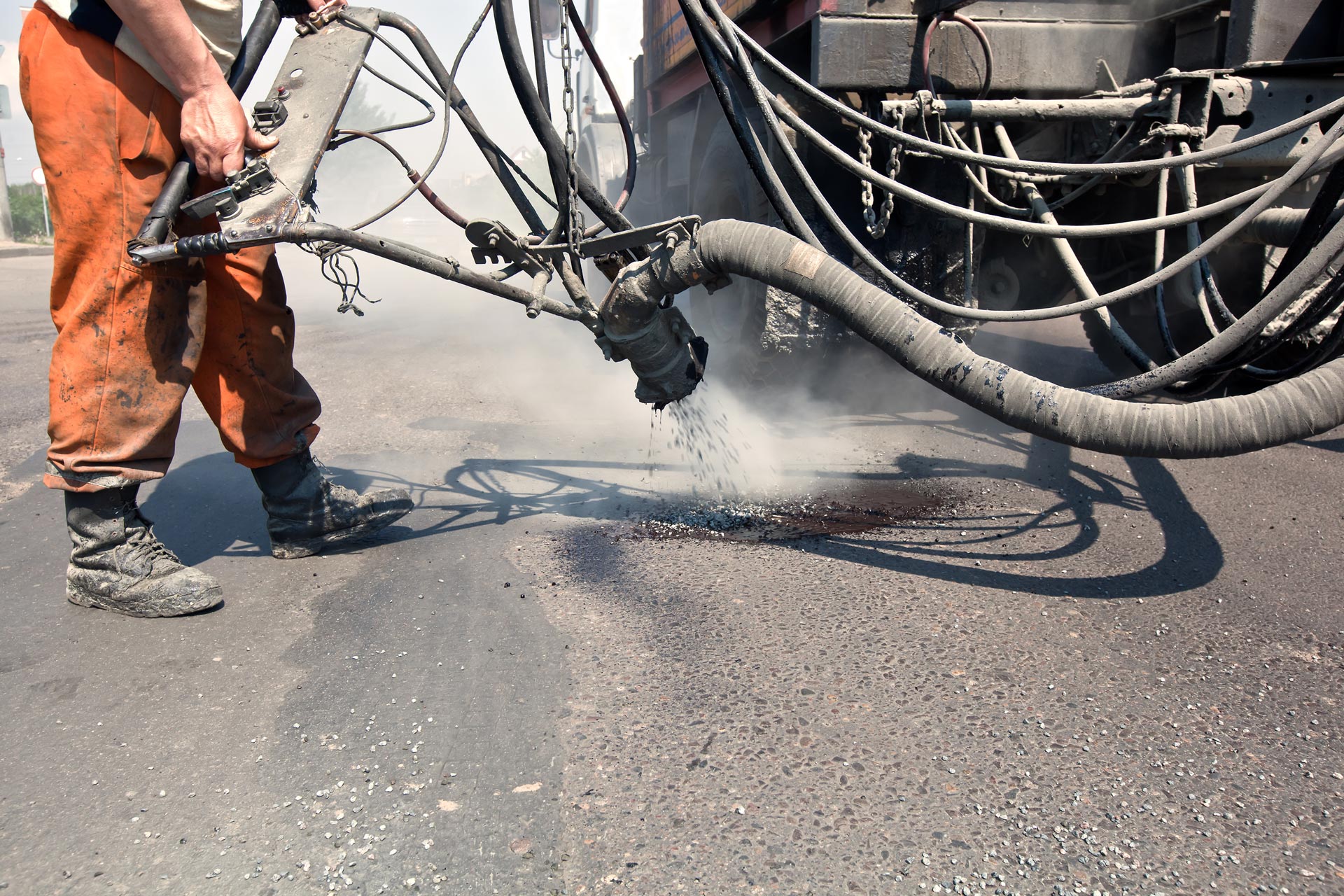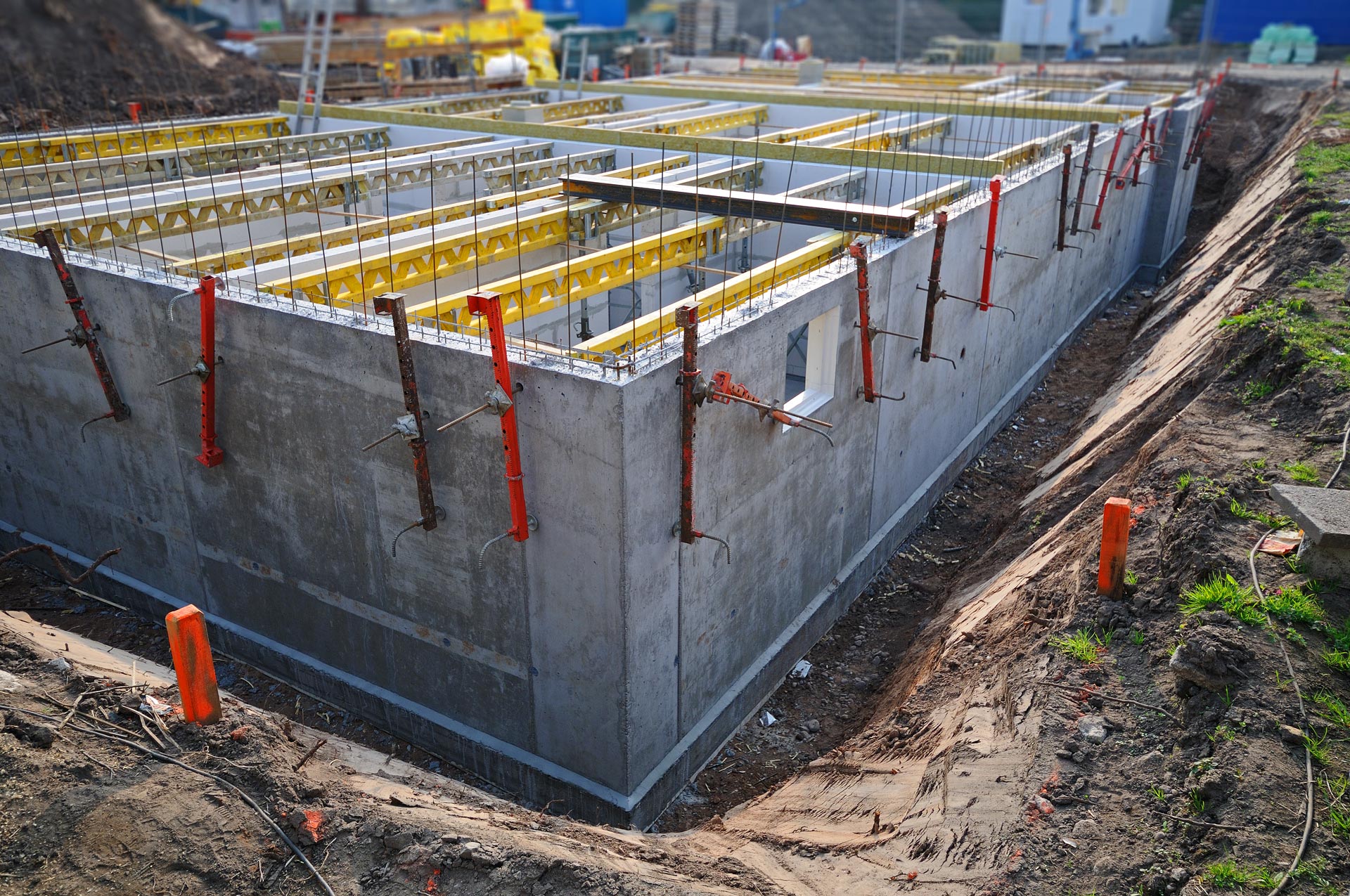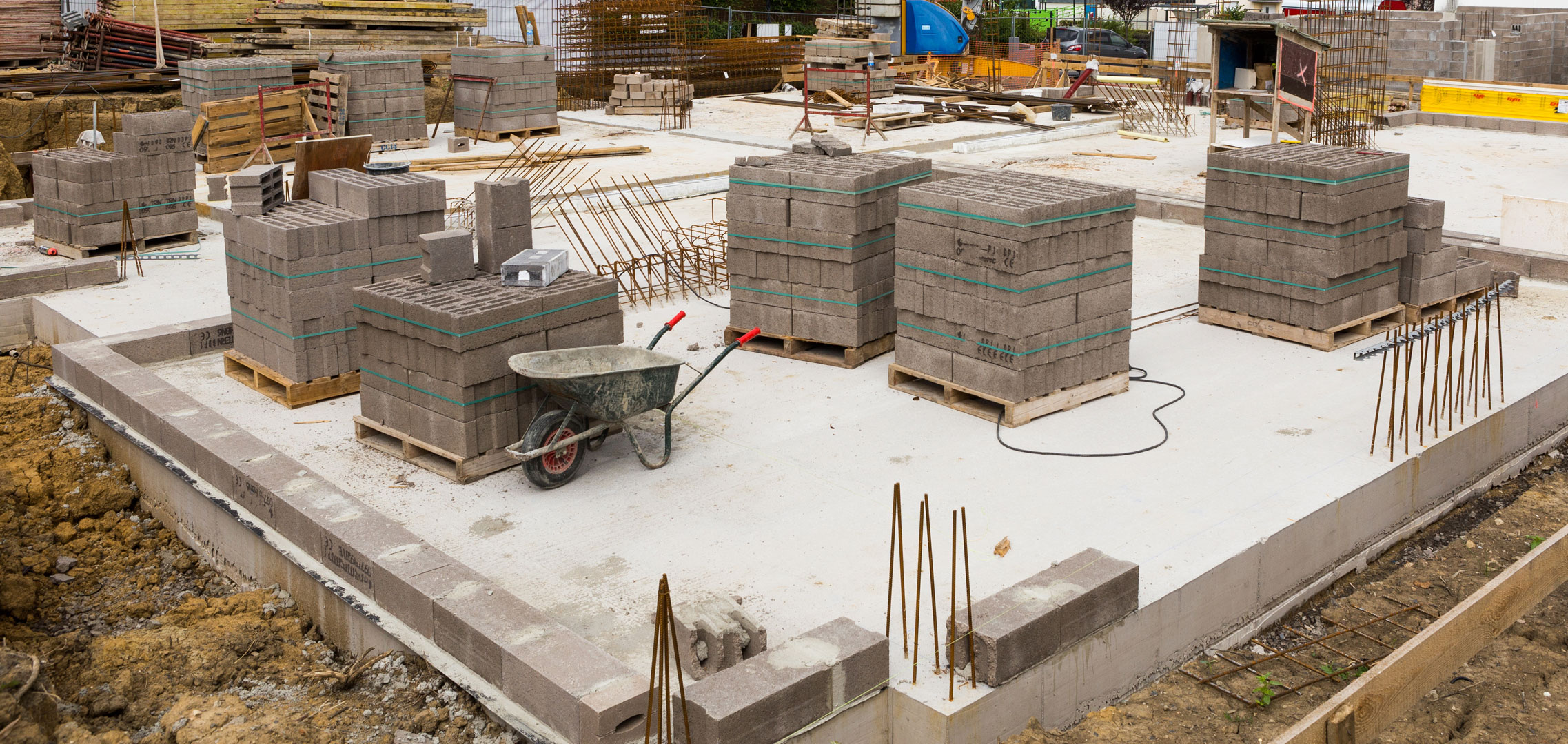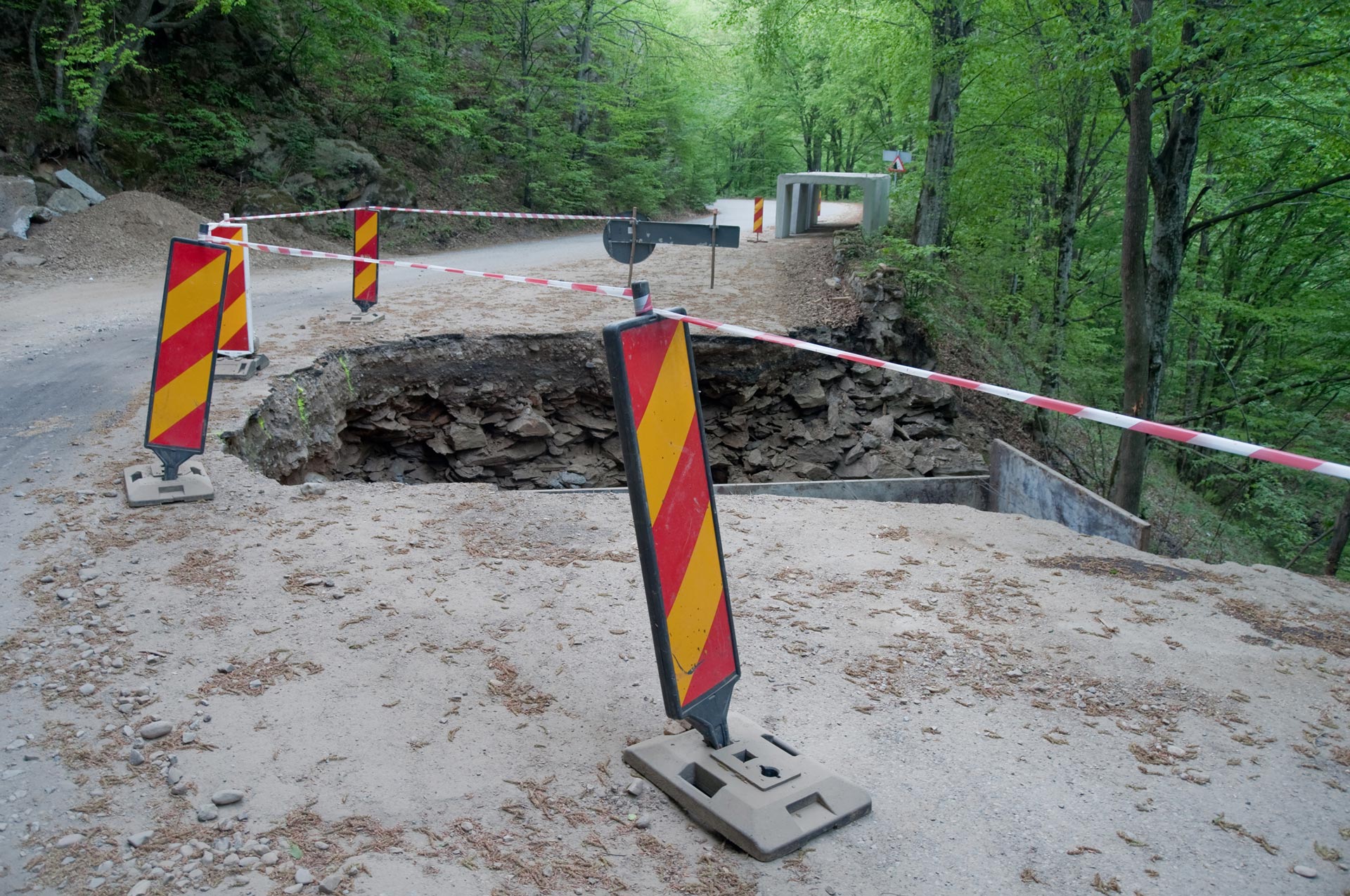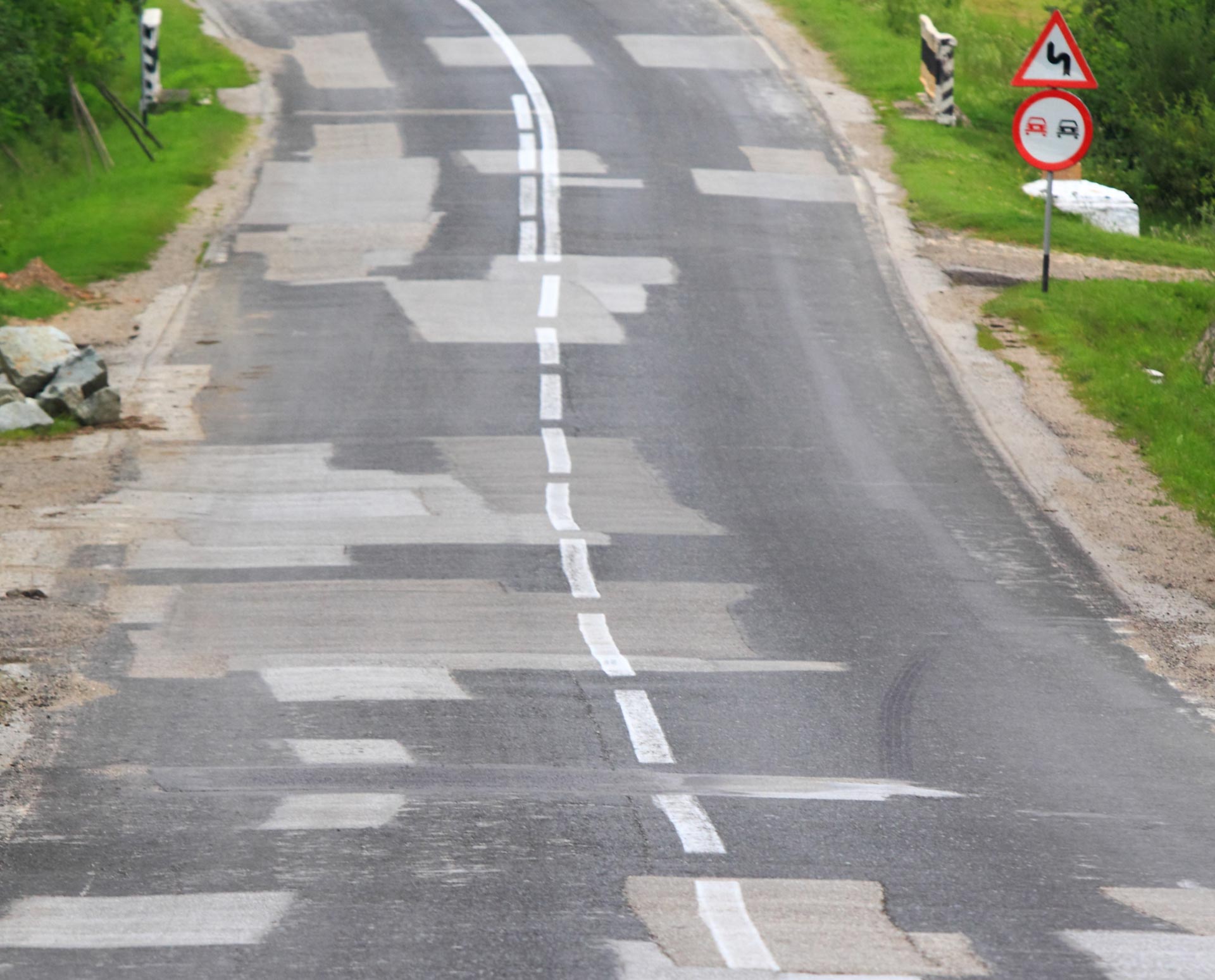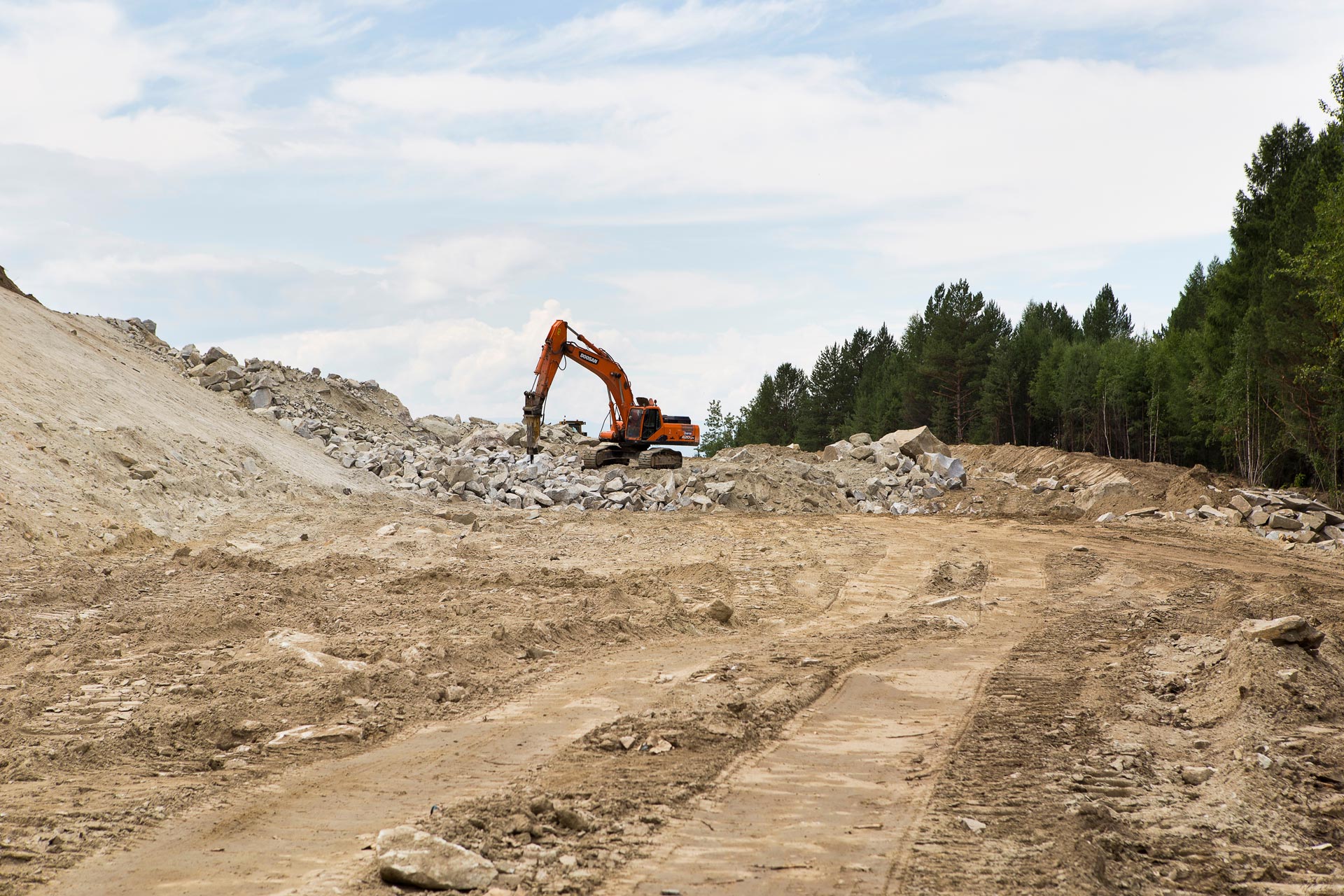Novel approach for the noninvasive assessment of fresh concrete
Background: The overall objective of the project was to test the capability of a novel sensing device for the determination of strength of concrete and for the prediction of the compressive strength of existing concrete in bridge decks. The sensing device is based on the generation and detection of highly nonlinear solitary waves (HNSWs), which are stress waves that can form and travel in highly nonlinear systems such as chains of spherical particles. Simultaneously a conventional ultrasonic method based on pitch-catch and pulse-echo was used to compare the new method with a conventional nondestructive evaluation (NDE) method, namely the ultrasonic pulse velocity (UPV) method. Both methods were used to test cured concrete cylinders and slabs built at the University of Pittsburgh.
Findings: The ability of the new method to detect the strength of concrete surfaces was determined. The value of concrete strength predicted by the HNSWs were compared to the estimate provided by the UPV and by the ASTM C109.
Results: The project demonstrated that the new method based on the propagation of HNSWs provides more accurate results than the conventional UPV at determining the strength of concrete surface. The new method is also able to predict whether or not concrete surfaces were affected an excessive amount of water during casting.
Recommendations: It is recommended that the new method is tested on a much higher number of specimen and then tested in the field in existing concrete decks. It is also recommended that a mobile device containing the new technology is developed for field applications.

